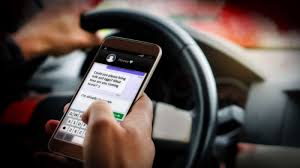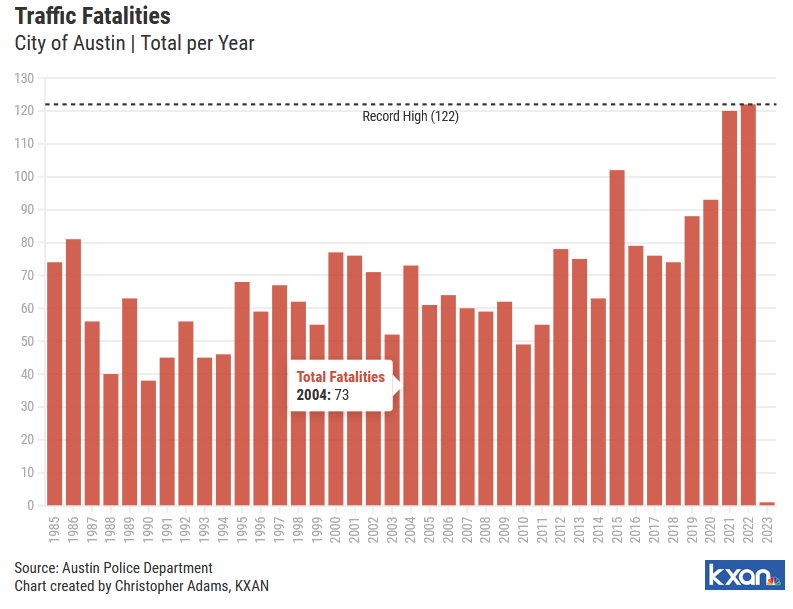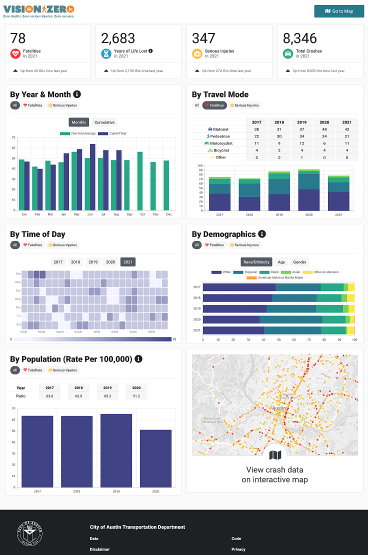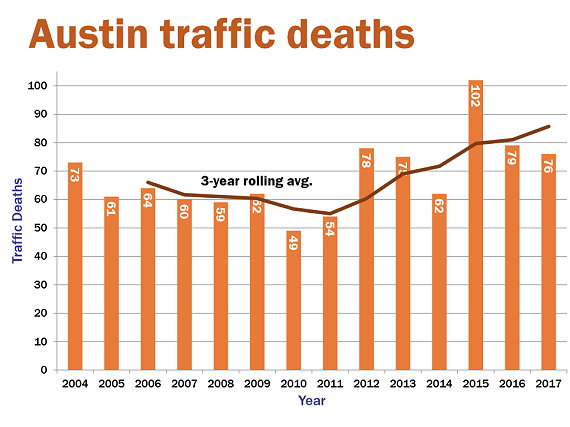 by Todd Radford – Lakeway chief of police.
by Todd Radford – Lakeway chief of police.
June 2019 — AAS – As school has ended for this year, I see more and more new drivers on our roadways. Mixed in with them are those that still treat driving as a routine event giving scant attention to the seriousness our behavior plays behind the wheel. Take a moment to consider what would happen if a person were walking into a crowded store waving a loaded gun. Would this action alarm anyone? Would people be fearful? Would someone call the police? Operating a 3,000-pound vehicle at speed while distracted is similar to the action of waving a loaded gun in a crowded place. It seems that distracted driving is so common we have failed to see it as abnormal. Unfortunately, it also seems that once a distracted driver has personally affected someone, then it becomes an issue.
During an interview, I was asked about traffic enforcement and the attitudes people have against police officers when stopped for an infraction. I said my hope is to have a day when everyone follows the law and no officer is killed or injured making a traffic stop. I am not sure why people get so upset with officers who stop them for infractions they chose to make. So why do people still violate the law and then become upset when stopped by a police officer? I guess this a real conversation is really about personal responsibility and choices. Do we not care about ourselves or others? Have we forgotten the simple act of making choices, which would dictate that we act in a way that will not harm others?
So let’s be clear, distracted driving is any activity that diverts attention from driving, including talking or texting on your phone, eating and drinking, talking to people in your vehicle, fiddling with the stereo, entertainment or navigation system—anything that takes your attention away from the task of safe driving. Texting is the most alarming distraction. Sending or reading a text takes your eyes off the road for at least 5 seconds. At 55 mph, that is like driving the length of an entire football field with your eyes closed. You cannot drive safely unless the task of driving has your full attention. Any non-driving activity you engage in is a potential distraction and increases your risk of crashing. At any given time, 7% of drivers on the road are on their phones. According to the National Highway Traffic Safety Administration, 660,000 drivers are on their phones or other electronic devices at any given moment. Can you believe that? Cell phone use while operating vehicle is a major problem and is leading to thousands of deaths and injuries per year. According to a major phone company survey, almost 100% of teens agree that texting and driving is dangerous, but half admitted to doing it anyway. Although cell phone use while driving is a major factor in vehicle incidents, it is far from the only activity that pulls motorists’ attention off the road. State educational materials remind drivers that eating, drinking and grooming while behind the wheel all raise the risk of accidents as well. Additionally, playing loud music or wearing earplugs, although enjoyable to you could keep you from hearing an emergency vehicle or a horn alerting you to danger.
Here are some statistics from 2018:
• Distracted driving accounts for approximately 25% of all motor vehicle crash fatalities.
• At the time of fatal crashes, teens have been the largest age group that reported being distracted while driving. Driver distraction is reported to be responsible for more than 58% of teen crashes.
• In 2015, 391,000 injuries were caused in distracted driving related accidents. In that same year, distracted driving was cited as a major factor in 3,477 traffic deaths.
• Distracted driving claimed 3,166 lives in 2017.
• Nine people in the U.S. are killed each day because of crashes involving a distracted driver, according to the Department of Motor Vehicles.
• Since there is no way to test for distracted driving after an accident occurs, it’s widely believed that the number of crashes, injuries and fatalities caused by distracted driving are vastly under reported.
• Car crashes are the number one killer of teens in the U.S., and 16- to 19-year-olds are three times more likely to be involved in a fatal car crash than any other age group.
• Distracted driving is commonly referred to as the “new drunk driving.” Driving distracted is compared to drunk driving since it follows the same psychological pattern: When drivers get away with driving distracted, they then continue to practice this bad habit until a crash occurs or until they are caught and suffer consequences.
• Over 80% of drivers admit to blatantly hazardous behavior while driving, such as changing clothes, steering with a foot, painting nails or even shaving.
The Texas law regarding distracted driving is found in the Texas Transportation Code. Essentially a person can use a phone via wireless device to speak on the phone. You can manipulate it to play music, navigation or to summon help. You can text only when the vehicle is stopped.
When you decide to get behind the wheel of any vehicle, be sober, be calm, pay attention, choose to follow the rules of the road and stay off your phone. It is safer for you and everyone around you. I would like to thank Lt. David Law for his contributions to this column.
We can make a choice to drive safer and together we can work to keep our community safer. If you are traveling this summer, please let our police department know so we can check on your home for you. While on your trip, have fun, and travel safely. We look forward to your return to our beautiful and safe community.




